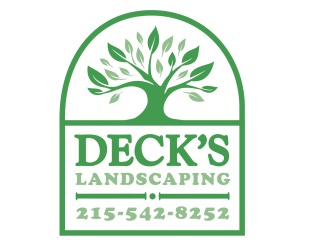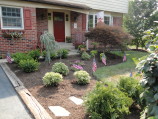How To Keep Up With Industry Standards
Water
 How to Water your Plants
How to Water your Plants
You don’t need to be an experienced horticulturist to understand proper watering techniques and to enjoy success with your new plants. The most common cause of failure when new plants are
establishing themselves is proper watering, (ie. Too much or too little). There must be sufficient water to reach all the way to the bottom of the rootball. At the time of planting, watering aids in
settling the soil, improving soil-root contact and assuring adequate initial moisture. The first few months of watering are crucial to the survival of your new tree or shrub. The following 2-3 years
after planting, watering aids in providing adequate soil moisture while root systems are becoming established.
Do not water by schedule! Water according to current conditions and the needs of the plant - deep watering less frequently! Check soil conditions by pushing aside mulch and touching the soil. Water
only if soil feels dry. If you are uncertain about soil conditions, a moisture meter (available at Holly Days) is a simple, useful tool. The following are some basic rules for a green thumb:
• Deep watering less frequently - Shrubs and trees cannot effectively be watered by hand watering. The best practice is to place a hose at the base of the plant and
let the water flow at a slow trickle for 20 minutes on small shrubs and 2 hours on trees. If you setup sprinklers on the shrubs, Figure on 2-3 hours minimum of watering. For large plants and trees
use your sprinkler overnight.
• Do Not Water By Schedule - Several factors will determine how often your plant needs watering. Among these are soil type, exposure, type and size of plant and
recent rainfall.
• Checking Soil Conditions - Pull away the mulch surrounding the plant, shrub or tree. Dig down 3-4 inches around the edge of the rootball and take up some soil in
your hand. If moisture can be squeezed out, or if it easily sticks together in a ball, do not water. Check the soil again in a few days. If, when you take up the soil in your hand, it crumbles and
will not stick together, it is time to water.
• Consider Other Features - Not all areas of the landscape will need to be watered at the same time. To insure proper watering, check the status of your soil in
diverse areas of your landscape, e.g. a sloped area, a flat area, shaded or partially shaded area, etc.
Signs of water stress from too little water include wilting, a change of leaf color (from shiny to dull) and premature leaf fall.
Do not over water. Signs of over watering include yellowing, dropping leaves from center of plant, wilting and damp mulch. Examine the soil 5" down next to the rootball. If it is damp or
wet, let it dry out. If it is dry, give it some water.
Watering should not be done when ground is frozen. All recently transplanted trees, shade or evergreen, should go into winter with ample moisture in the soil.(top)
Water all plants SLOWLY and GENTLY
|
HOW MUCH DO I NEED? |
||||||||||||||||||||||||||||||
|
It can be tricky - trying to figure out "how much". We receive many phone calls asking this very question about compost, mulch, and topsoil. Here are some quick "rule of thumb" methods for compost, mulch and topsoil.
|
||||||||||||||||||||||||||||||





